Tajhat Palace, Tajhat Rajbari, is a notable castle of Bangladesh, situated in Tajhat, Rangpur.[1] This royal residence now holds the Rangpur museum.[2] Tajhat Palace is arranged three km. south-east of the city of Rangpur, on the edges of town.
Substance
1 Structure
2 History
3 Gallery
4 References
5 External connections
Structure :- The royal residence, with around 76 meters facade, rises two stories and faces east. A forcing expansive staircase in the middle, cleared with imported white marble, leads specifically over the porch to the upper story.
The royal residence is delegated by a ribbed funnel shaped vault in the focal point of the rooftop with a tall octagonal neck, somewhat upheld on a progression of slim semi-Corinthian segments. The balustrade on either side of the forcing staircase was initially decorated with different models of traditional Roman figures in Italian marble, yet now these are missing. There are two semi-octagonal projections at each finish of the front face and a focal anticipating yard. The overhang rooftop over the patio is carried on four effortless Corinthian sections with round shafts, while two comparable segments on every one of the anticipating finishes of the building bolster a triangular peak.
The royal residence is laid out in the frame on a "U", with its open end toward the west. Past the passage at ground-floor level there is a substantial corridor, estimating in excess of 18 x 13 meters. A 3 meter wide passageway runs the whole length of the internal piece. Two expansive wooden staircases give access to the upper floor. There are around 22 flats on two stories.
History :- The royal residence was worked by Maharaja Kumar Gopal Lal Roy in the start of the twentieth century. It is trusted that from the obvious appearance of his Taj or jeweled crown, his domain inferred the name of Tajhat.
From 1984 to 1991 the royal residence was utilized as a Rangpur High Court Branch of the Supreme Court of Bangladesh. In 1995 the royal residence was proclaimed as a secured landmark by the Department of Archeology. Perceiving its extraordinary building esteem the Government of Bangladesh moved the Rangpur Museum to the second floor of the royal residence in 2005. The primary room at the highest point of the marble stairs have various show cases which demonstrate 10th– eleventh century earthenware antiquities. There are various fine cases of Sanskrit and Arabic original copies, including duplicates of the Mahabharat, Ramayan, and a Quran whose provenance is ascribed to none other than the Mughal Aurangzeb. The private cabins have a few cases of dark stone Hindu carvings in its reserved alcoves, principally of the god Vishnu. Photography isn't allowed in the historical center itself.
Gallery :-
References:-Abdus Sattar (2012), "Rangpur Sadar Upazila", in Sirajul Islam and Ahmed A. Jamal, Banglapedia: National Encyclopedia of Bangladesh (Second ed.), Asiatic Society of Bangladesh
Shafiqul Alam (2012), "Division of Archeology", in Sirajul Islam and Ahmed A. Jamal, Banglapedia: National Encyclopedia of Bangladesh (Second ed.), Asiatic Society of Bangladesh
References:-- Abdus Sattar (2012), "Rangpur Sadar Upazila", in Sirajul Islam and Ahmed A. Jamal, Banglapedia: National Encyclopedia of Bangladesh (Second ed.), Asiatic Society of Bangladesh
Shafiqul Alam (2012), "Division of Archeology", in Sirajul Islam and Ahmed A. Jamal, Banglapedia: National Encyclopedia of Bangladesh (Second ed.), Asiatic Society of Bangladesh
External links:- Muhammad Moniruzzaman (2012), "Beam, Gopal Lal", in Sirajul Islam and Ahmed A. Jamal, Banglapedia: National Encyclopedia of Bangladesh (Second ed.), Asiatic Society of Bangladesh

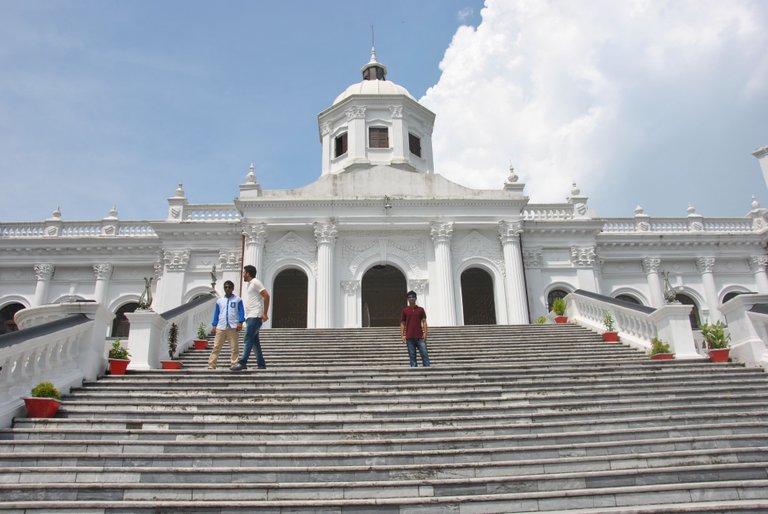
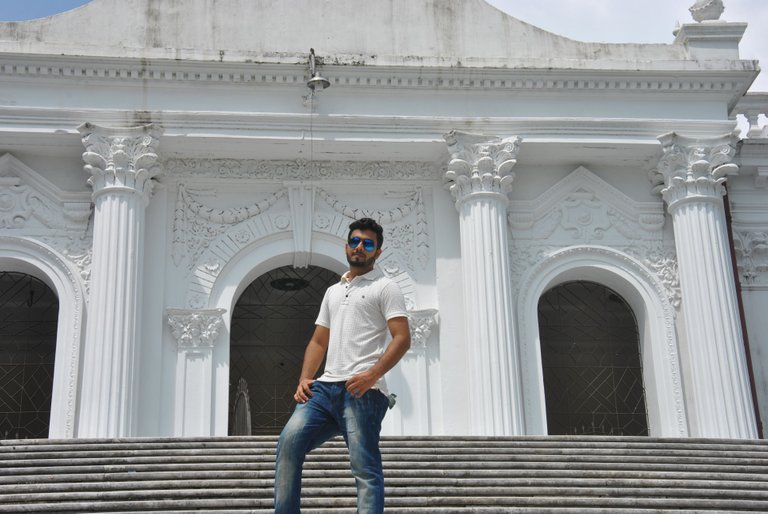
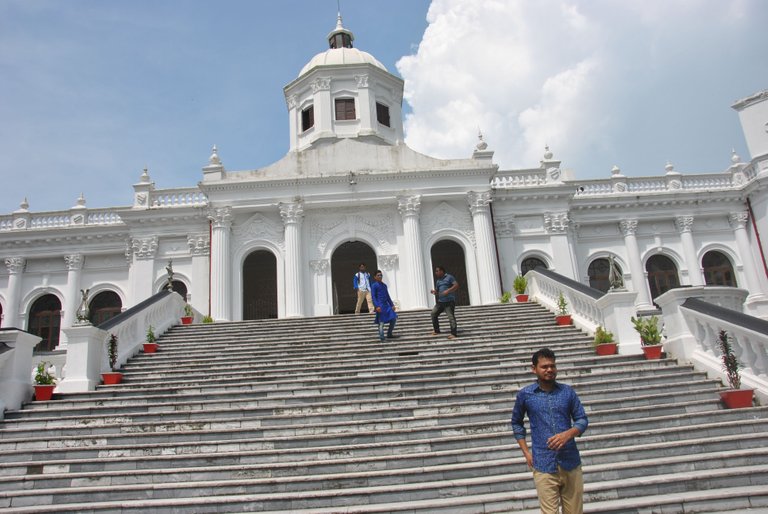
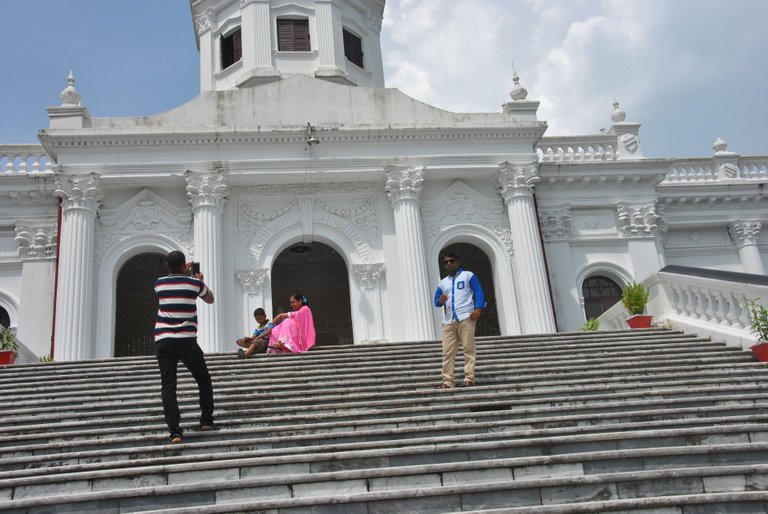
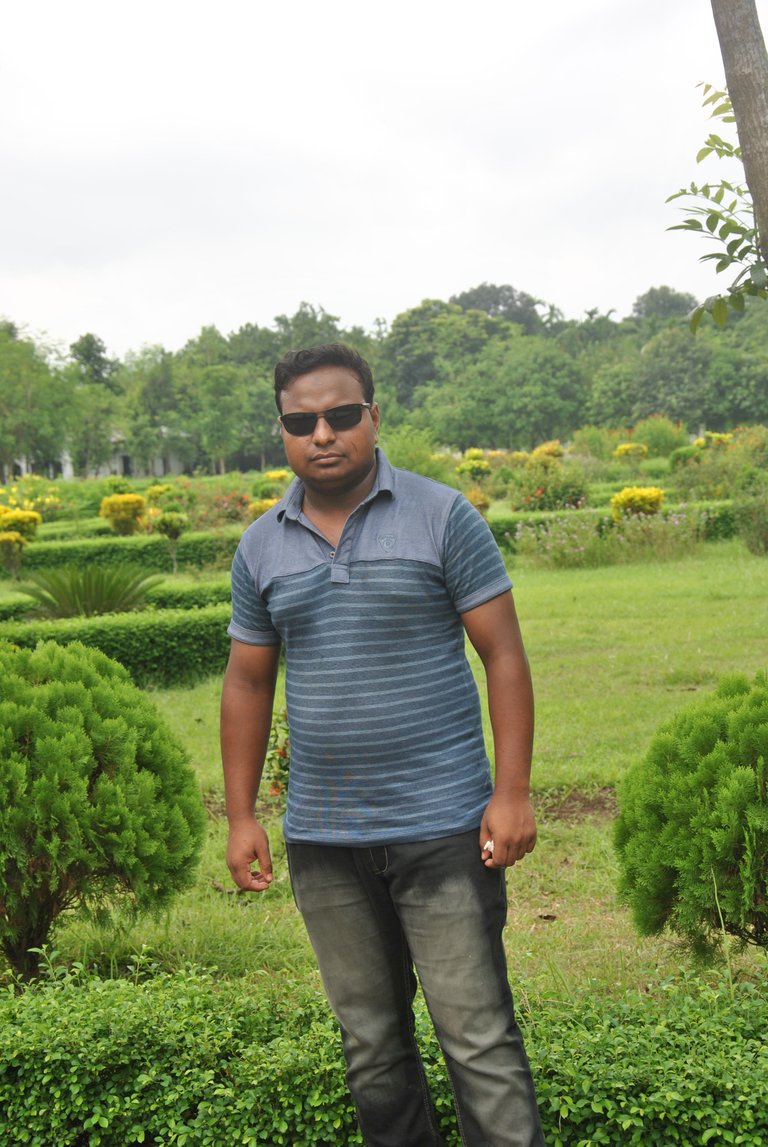
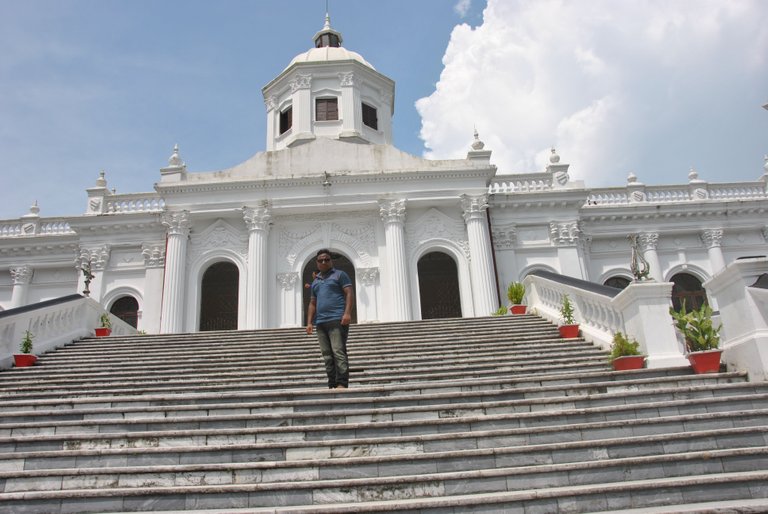



where i want to see the most :)